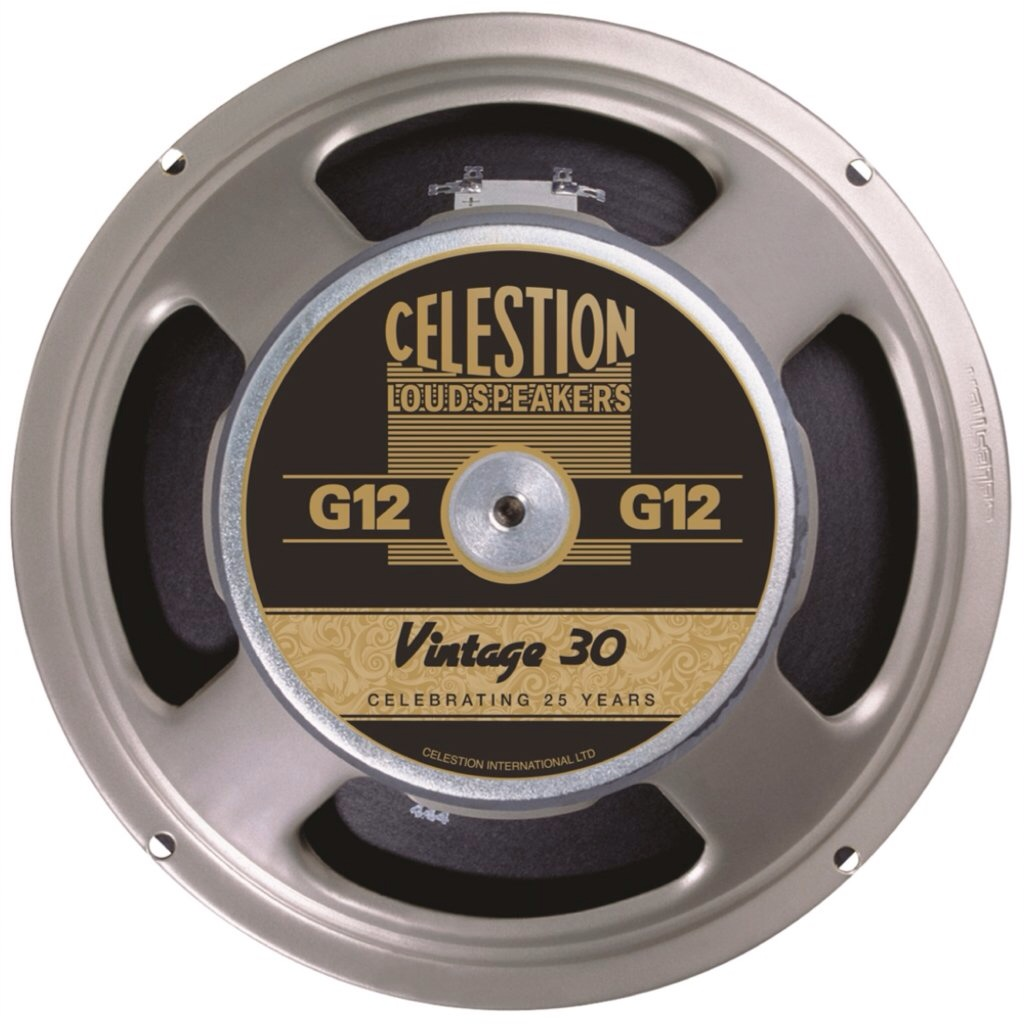

Also: model trains. I was into model trains for a few years, but I realized that I didn’t really have the life experience to make a fulfilling model trainset. Like I did the thing, I made a (really childish) layout with some crappy blocks and streets, and I got the trains to move and stuff, but it didn’t…say much? It was “I’m a child and I like trains”, which is great! Probably wouldn’t have become interested in trains at all otherwise!
But I want more…I always want more. I need to go more hardcore into the few things I can actually tolerate doing…
And as a child, I saw some really cool trainsets built by adults that told stories, made me laugh, made my parents laugh, made me feel awe at the storytelling and creativity of the craft. Even my cousin, who built a trainset in his basement in his early twenties, had a much more inspired trainset than mine (when I was much younger, like 10 or 12). His trainset was cool. He studied how trains worked, how to make a realistic line with realistic scenery and infrastructure. His trainset reflected who he was, and ultimately forecasted what he became. He literally works for a rail company now designing the train tracks.
So I’m kinda “saving” that hobby for when I’m in my 60’s after I integrate enough life experience (and hopefully some capital) to build a trainset that really reflects the person I ultimately became.
My trainset is gonna have a sick, functioning roller coaster, some overly complicated automated control circuits, some heavy metal references, some intentionally goofy shit, serious shit, an anarcho-communist bent, a layout that at least is informed by modern infrastructure design, etc., because that’s at least partially the person I will have become.




All of them.